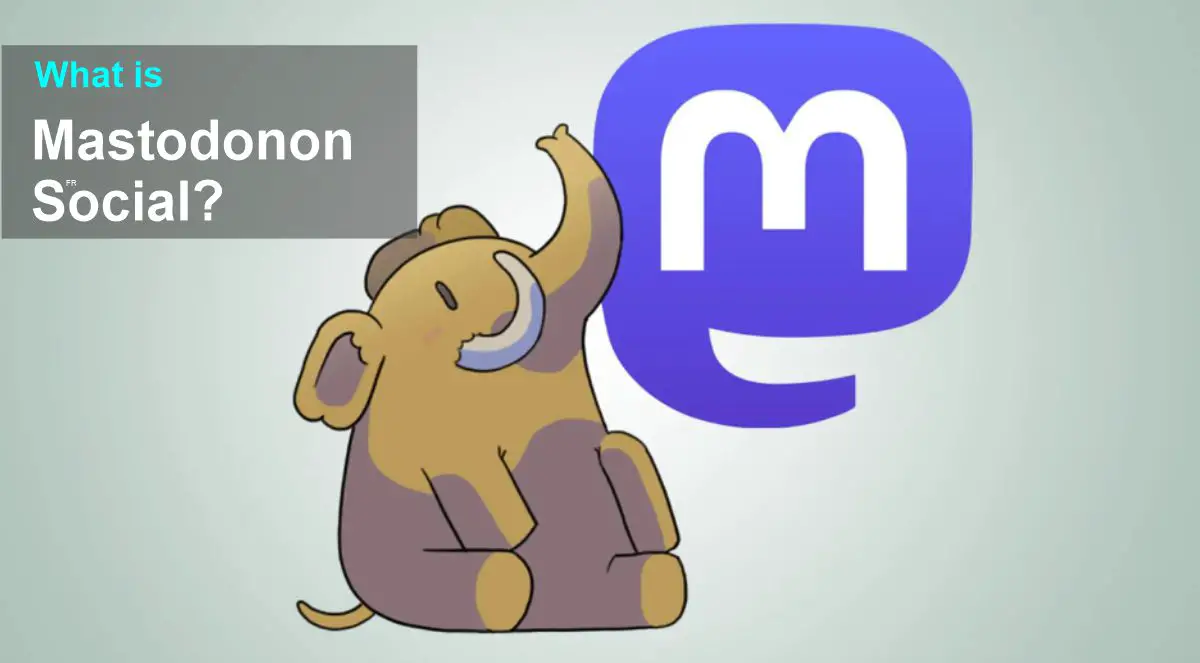Mastodon is a decentralized, open-source social networking platform designed to offer users greater autonomy, privacy, and community control compared to traditional, centralized social media networks. Unlike platforms such as X (formerly Twitter), Facebook, or Instagram, which operate through a single corporate-owned infrastructure, Mastodon is made up of independently operated servers known as instances. These instances are interconnected through a network commonly referred to as the fediverse (federated universe).
This federated structure allows users to engage in social networking activities such as posting short messages, sharing multimedia content, and following other users, while enjoying a higher degree of personalization and freedom in how their social experience is managed.
How Does Mastodon Work?
At its core, Mastodon functions as a distributed network of independent servers. Each server, or instance, is hosted and moderated by individuals or organizations, often centered around specific interests, causes, languages, or regions. When a user joins Mastodon, they register with a specific instance, creating a unique handle that looks something like @username@instance-name.com.
Despite being part of separate servers, users are not limited to interactions within their instance. Thanks to ActivityPub, the open protocol Mastodon uses, communication is seamless across instances, enabling users to follow, message, and engage with anyone in the broader fediverse.
Notable Features of Mastodon’s Architecture:
- Open-source platform: Freely available for individuals and developers to use, modify, or host.
- Federated network: Promotes diversity and decentralization by allowing anyone to create or choose their own server.
- No central authority: Every instance governs itself, establishing its own rules, moderation standards, and policies.
- Portability: Users can migrate their accounts from one instance to another while preserving their followers and social connections.
- No advertising algorithms: Content is displayed in a strictly chronological order, removing the influence of engagement-based ranking systems.
Key Features of Mastodon
Mastodon emphasizes transparency, user empowerment, and ethical social networking practices. Below are some of the key features that distinguish Mastodon from mainstream platforms:
- Chronological Timeline: Posts—called toots—are displayed in the order they’re published, with no algorithm manipulating visibility or reach.
- Content Warnings (CWs): Users can add warnings to posts that may contain sensitive, political, or explicit content, allowing others to choose whether to view them.
- Stronger Privacy Controls: Mastodon provides detailed visibility settings for each post—public, unlisted, followers-only, or direct—along with the ability to block users or entire instances.
- No Ads or Data Monetization: The platform operates without paid advertising, reducing the risk of user data exploitation.
- Media and Interaction Tools: Users can post text, images, videos, and polls. Hashtag functionality allows content discovery, and posts can be boosted (similar to retweets) or favorited.
- Community-based Moderation: Each instance sets its own moderation rules and policies, allowing users to find spaces that align with their values or interests.
- Accessibility Efforts: Ongoing improvements aim to make the platform more inclusive, with features such as alt text for images and accessibility-friendly UI designs.
How to Join and Use Mastodon
Getting started with Mastodon involves a few simple steps:
- Choose a Server (Instance): Visit joinmastodon.org to explore and compare instances based on interests, location, language, and moderation rules.
- Register Your Account: Sign up with your chosen instance by providing your email, selecting a username, and setting a secure password.
- Set Up Your Profile: Upload a profile photo, write a short bio, and configure your profile visibility and preferences.
- Find and Follow Users: Use the search tool to locate users, hashtags, or topics. Third-party tools like Fedifinder or Debirdify can help you find contacts from other platforms (like Twitter) who have migrated to Mastodon.
- Engage and Post: Share content, interact with others via boosts or replies, and participate in discussions within your instance and across the fediverse.
- Use a Mobile App: Mastodon is accessible through official apps on iOS and Android, as well as third-party clients like Tusky, Fedilab, and IceCubes.
Why Is Mastodon Gaining Popularity?
Mastodon has experienced significant user growth, especially during periods of unrest or controversy within major social media platforms. Its appeal lies in several core principles:
- Decentralization: Distributes power and control, preventing a single company or algorithm from dominating user experiences.
- Enhanced Privacy: Offers users control over data, visibility, and interaction—without the intrusion of tracking or targeted advertising.
- Community Control: Empowers individuals to create and manage communities based on shared interests or values.
- Ethical Tech Philosophy: Mastodon promotes a non-commercial, non-surveillance-driven model of social networking.
- Trust and Transparency: With open-source code and transparent operations, Mastodon builds trust among users wary of corporate-run networks.
Recent User Growth (2024 Data):
According to the latest data:
- Mastodon now hosts over 9 million registered accounts, with around 1.5 million monthly active users.
- A large portion of users are based in Germany, reflecting the platform’s European roots, while the majority of users fall within the 25-34 age range.
- This growth is partly fueled by increased demand for ethical social media and growing dissatisfaction with big tech platforms.
Mastodon 2024 data statistic
As of November 2024, Mastodon, the decentralized social network, has experienced significant growth. The platform hosts approximately 9.04 million registered accounts, with about 1.5 million active users. Notably, over 27% of these users are based in Germany, and individuals aged 25-34 constitute around 30% of the user base. Android HeadlinesThinkImpact.com
In October 2024, Mastodon’s website recorded over 1.6 million visits. Interestingly, more than 90% of the platform’s traffic is driven by referrals from Twitter. ThinkImpact.com
The platform’s growth trajectory has been notable, with a dramatic surge in user base following changes in the social media landscape. This trend underscores Mastodon’s appeal as an alternative to mainstream social networks. Creatosaurus
These statistics highlight Mastodon’s expanding presence and its role in offering users a decentralized and community-driven social media experience.
Final Thoughts
Mastodon represents a meaningful shift in how social media can function—favoring community over corporations, privacy over profit, and transparency over algorithms. For users seeking a more democratic, respectful, and interest-driven social experience, Mastodon offers a compelling alternative to mainstream platforms. While it may require a slight learning curve, many users find the transition rewarding and empowering.

